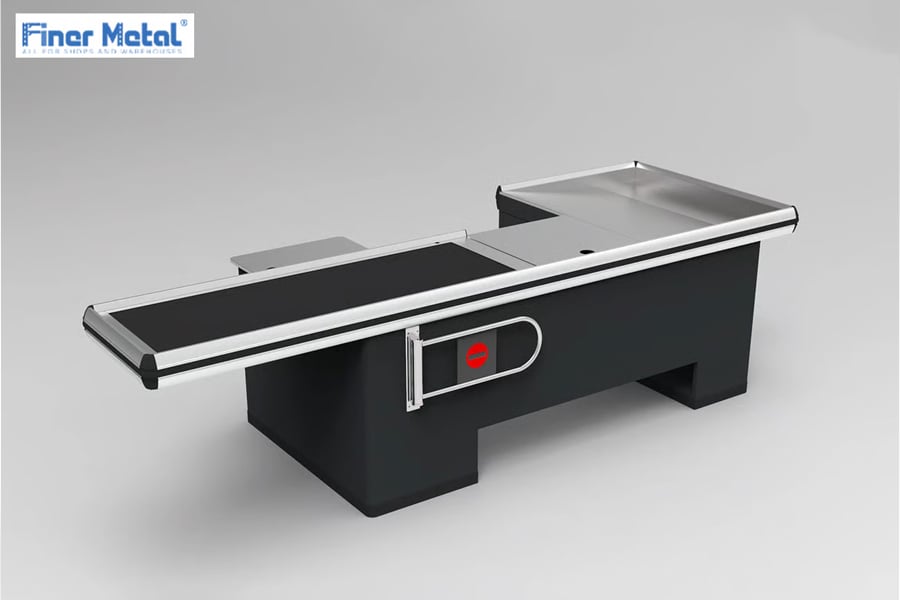The supermarket checkout counter is the final touchpoint between the retailer and the customer, significantly impacting the overall shopping experience. It serves not only as the place for billing but also as an area where efficiency, customer service, and store ambiance converge. A well-designed checkout counter can reduce wait times, encourage impulse purchases, and leave customers with a positive impression of the store.
Design Considerations for Optimizing Supermarket Checkout Counters
Design plays a crucial role in the functionality of supermarket checkout counters. Factors such as counter height, layout, and space allocation influence both cashier comfort and customer convenience. Ergonomic design ensures employees can work efficiently without strain, while clear organization helps customers unload and pack groceries swiftly.
Technological Advancements in Supermarket Checkout Counters
Recent technological advances have transformed supermarket checkout counters. Self-checkout kiosks, barcode scanners, electronic payment systems, and RFID technology are streamlining the purchase process. These innovations reduce human error, speed up transactions, and enable contactless payments, which have become especially important in maintaining hygiene and safety.
Impact of Supermarket Checkout Counters on Store Traffic Flow
The placement and number of checkout counters affect the flow of customers through the store. Strategic positioning minimizes congestion and avoids bottlenecks near the exit. Multiple express lanes for small-item purchases also help balance customer load, improving overall satisfaction and throughput.
Security and Loss Prevention at the Checkout Counter
Checkout counters are crucial points for security and loss prevention in supermarkets. Surveillance cameras and anti-theft devices integrated at these stations help deter shoplifting. Training cashiers to spot suspicious behavior and using software that tracks transaction irregularities further safeguard retailer assets.
Merchandising Opportunities at the Supermarket Checkout Counter
The checkout counter is an ideal location for impulse merchandise. Smaller, low-cost items like snacks, magazines, and travel-size toiletries are strategically placed to catch customers’ attention while they wait. This merchandising tactic increases average transaction value and enhances product visibility.
Customer Interaction and Service at the Supermarket Checkout Counter
Effective communication between cashiers and customers at the checkout counter can improve service quality and shopper retention. Friendly greetings, efficient scanning, and quick problem resolution contribute to positive interactions. Some supermarkets employ personalized promotions or loyalty program benefits at the point of sale for added engagement.
Environmental Sustainability of Supermarket Checkout Counters
Sustainability considerations are increasingly influencing the design and operation of checkout counters. The use of recyclable materials for bags, energy-efficient lighting, and digital receipts instead of paper all contribute to reducing the environmental footprint. Supermarkets committed to green initiatives highlight eco-friendly checkout practices as part of their branding.
Adjusting Supermarket Checkout Counters for Accessibility
Accessibility at the checkout counter ensures that all customers, including those with disabilities, can complete purchases comfortably. Features like lower counter sections, tactile markings, and clear signage support inclusivity. Compliance with legal standards and universal design principles is essential for accommodating diverse clientele.
Future Trends Shaping the Supermarket Checkout Counter
The future of supermarket checkout counters is geared toward greater automation and artificial intelligence integration. Concepts such as “scan and go” apps, facial recognition payment, and autonomous checkout systems aim to eliminate traditional lines altogether. These emerging trends promise enhanced convenience but require careful consideration of privacy and employment impacts.
Quote Inquiry
contact us

